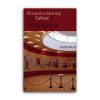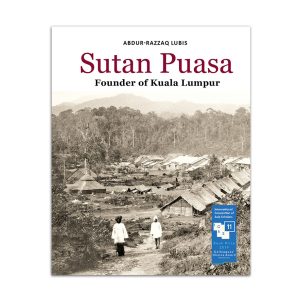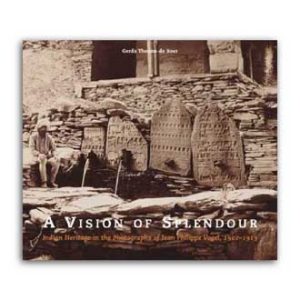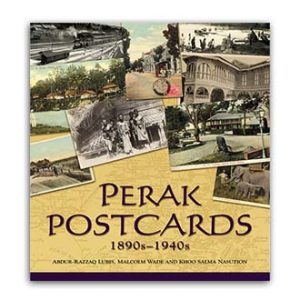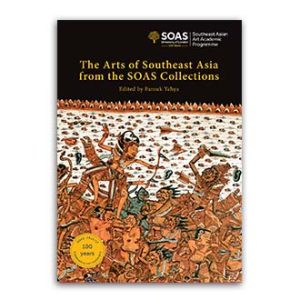In Museums, History and Culture in Malaysia, Abu Talib Ahmad examines museum displays throughout the country, and uses textual analysis of museum publications along with interviews with serving and retired museum officers to evaluate changing approaches to exhibits and the tensions that they express, or sometimes create. In addition to the National Museum, he considers museums and memorials in Penang, Kedah, Perak, Selangor, Kuala Lumpur, Sabah, Kelantan and Terengganu, as well as memorials dedicated to national heroes (such as former Prime Ministers Tunku Abdul Rahman and Tun Abdul Razak Hussein, and film and recording artist P Ramlee).
In Malaysia, museums are closely associated with nation building, seeking to project commonly shared experiences of the past, as well as becoming increasingly attached to the tourism industry. During the half century following Malaysian independence in 1957, the country’s National Museum underwent a transformation that involved a shift from serving as a repository for displays of mounted butterflies and stuffed animals and accounts of the colonial experience to an overarching national narrative focused on culture and history. With the National Museum as the main text and other museums, including state museums, as subtexts, the study focuses on the parallels and challenges between the text and subtexts and within/among these texts. Claiming the special position ascribed to national museums, the National Museum presents national history in a similar fashion to secondary school history textbooks.
Just like history textbooks, which are being challenged by historians, students, teachers, parents and other interested parties, the National Museum is under siege by state (or provincial), departmental and private museums. These topics are sensitive and highly disputed in Malaysia, and many of the country’s museums contest the narrative that underlies displays in the National Museum, offering alternative treatments of subjects such as Malaysia’s pre-Islamic past, the history and heritage of the Melaka Sultanate, memories of the Japanese Occupation, national cultural policy, and cultural differences between the Federation’s constituent states.
This study thus examines the way museums represent history besides their role as custodians of heritage within the context of a narrowly defined nationalist agenda, which favours the dominant Malays. It offers rich and fascinating insights into differing versions of the country’s character and historical experience, and efforts to reconcile these sometimes disparate accounts.
About the author: Abu Talib Ahmad is Professor of Southeast Asian History at the School of Humanities, Universiti Sains Malaysia (USM).


